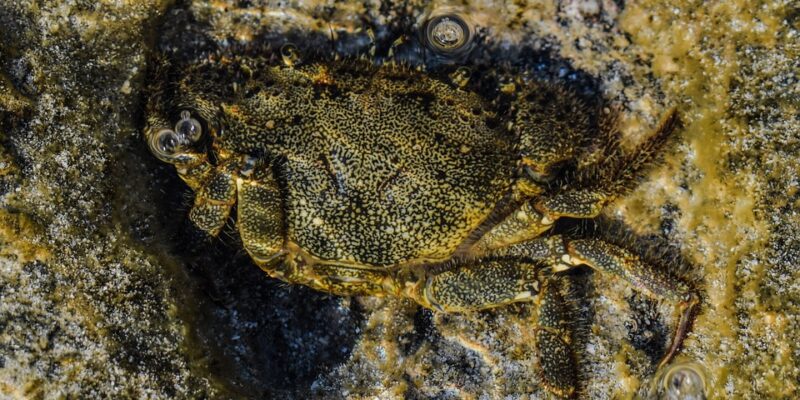Climate Change and Adaptation: How Species Are Adapting to a Changing World
Climate change is one of the most pressing issues facing our planet today. With rising temperatures, sea-levels, and extreme weather events becoming more common, the impact on the natural world is undeniable. In order to survive and thrive in a changing world, many species are having to adapt in order to survive the changing environments they live in.
Adaptation in the Animal Kingdom
Animals are some of the most vulnerable to the effects of climate change, as they rely on specific habitats and conditions to survive. However, many species are showing remarkable resilience and adaptability in the face of these challenges.
One example of this is the polar bear, which has long been considered the poster child for the impacts of climate change. As Arctic sea ice melts due to rising temperatures, polar bears are finding it increasingly difficult to hunt for seals, their primary food source. In response, some polar bears have been seen scavenging for alternative sources of food, such as bird eggs and berries, in order to survive.
Another example is the coral reef fish, which are facing the threat of bleaching due to rising sea temperatures. Some species of fish have been observed changing their feeding habits and behaviors in response to these changes, in order to find new sources of food and shelter.
Adaptation in the Plant Kingdom
Plants are also having to adapt to the changing climate in order to survive. With shifts in temperatures and rainfall patterns, many species of plants are finding it increasingly difficult to thrive in their current habitats.
One example of this is the quiver tree, a succulent plant found in southern Africa. With changes in rainfall patterns, the quiver tree is finding it harder to access water, leading to declines in population numbers. In response, some quiver trees have been observed growing deeper roots in search of water, in order to survive the changing conditions.
Another example is the snow gum tree, found in Australia. With rising temperatures and more frequent bushfires, the snow gum tree is facing increased threats to its survival. Some snow gum trees have been observed producing more resin in response to fire, in order to protect themselves from future threats.
Human Intervention and Conservation Efforts
While many species are showing resilience and adaptability in the face of climate change, human intervention and conservation efforts are also crucial in order to protect vulnerable species and habitats.
One example of this is the work being done to protect the Amazon rainforest, which is home to a vast array of plant and animal species. Through conservation efforts such as reforestation and protected areas, we can help to maintain the biodiversity of this vital ecosystem in the face of changing climate conditions.
Another example is the conservation efforts being made to protect endangered species, such as the black rhinoceros. Through measures such as anti-poaching patrols and captive breeding programs, we can help to ensure the survival of these species in the face of threats such as habitat loss and climate change.
Conclusion
In conclusion, climate change is having a profound impact on the natural world, with many species having to adapt in order to survive a changing world. While many species are showing resilience and adaptability in the face of these challenges, human intervention and conservation efforts are also crucial in order to protect vulnerable species and habitats.
By working together to address the root causes of climate change and protect our natural world, we can help to ensure that future generations can continue to enjoy the rich biodiversity of our planet for years to come. Through education, awareness, and collective action, we can make a difference and preserve the beauty and diversity of our world for generations to come.
